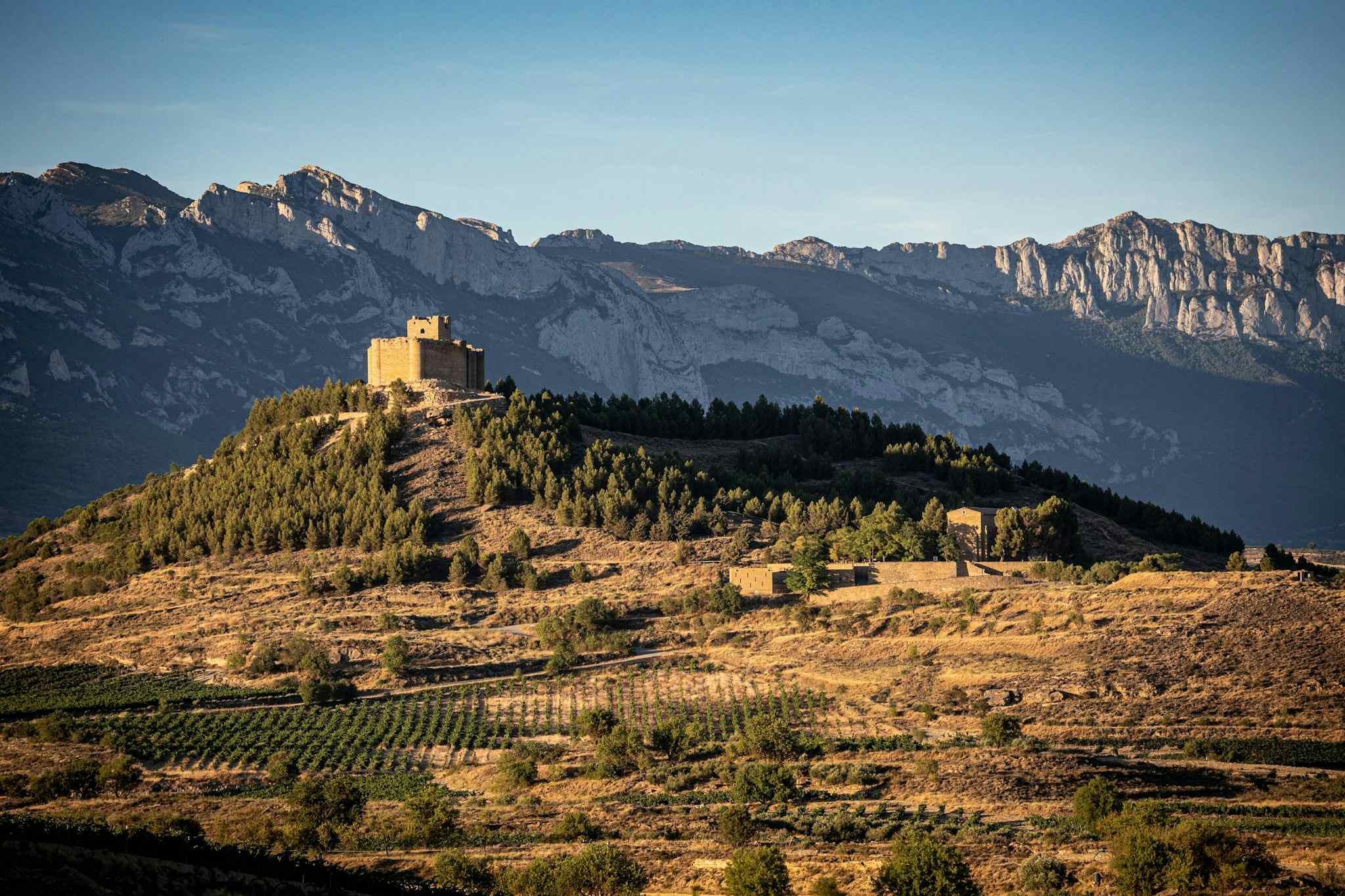One of the most scenic and historically significant hiking trails through Spain's Basque Region is the 103 mile (166km) GR38 trail, which is divided into seven stages.
Known as the Wine and Fish Route (‘Ruta del Vino y del Pescado’ in Spanish), the trail begins in the town of Oyón and winds through the vineyards of the Rioja region - known for its wine - before heading over the Cantabrian Mountains and through the Okina Gorge. It passes below the huge limestone rock formations of Urkiola as it winds through beech and alder forests to the town of Durango, crossing the Mediterranean-Cantabrian watershed on the way.
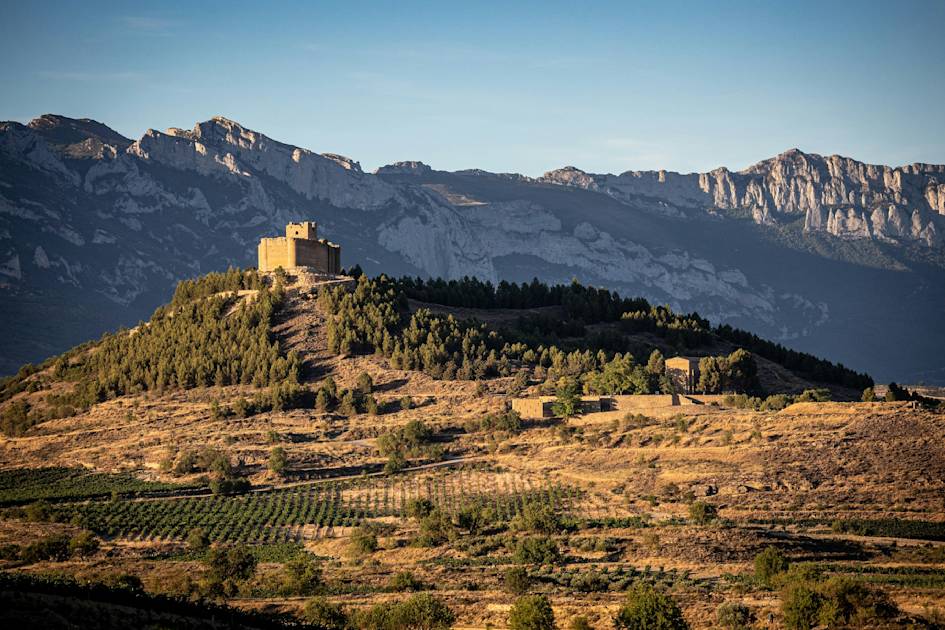
The climate and landscape become more Mediterranean as the route passes through the Urdaibai Biosphere Reserve, ending at the Basque port of Bermeo. Extensions to the route take you to several other ports, including Ondarroa, which has a well-preserved mediaeval quarter.
Alongside its diverse landscapes, the route also has historical and cultural significance.
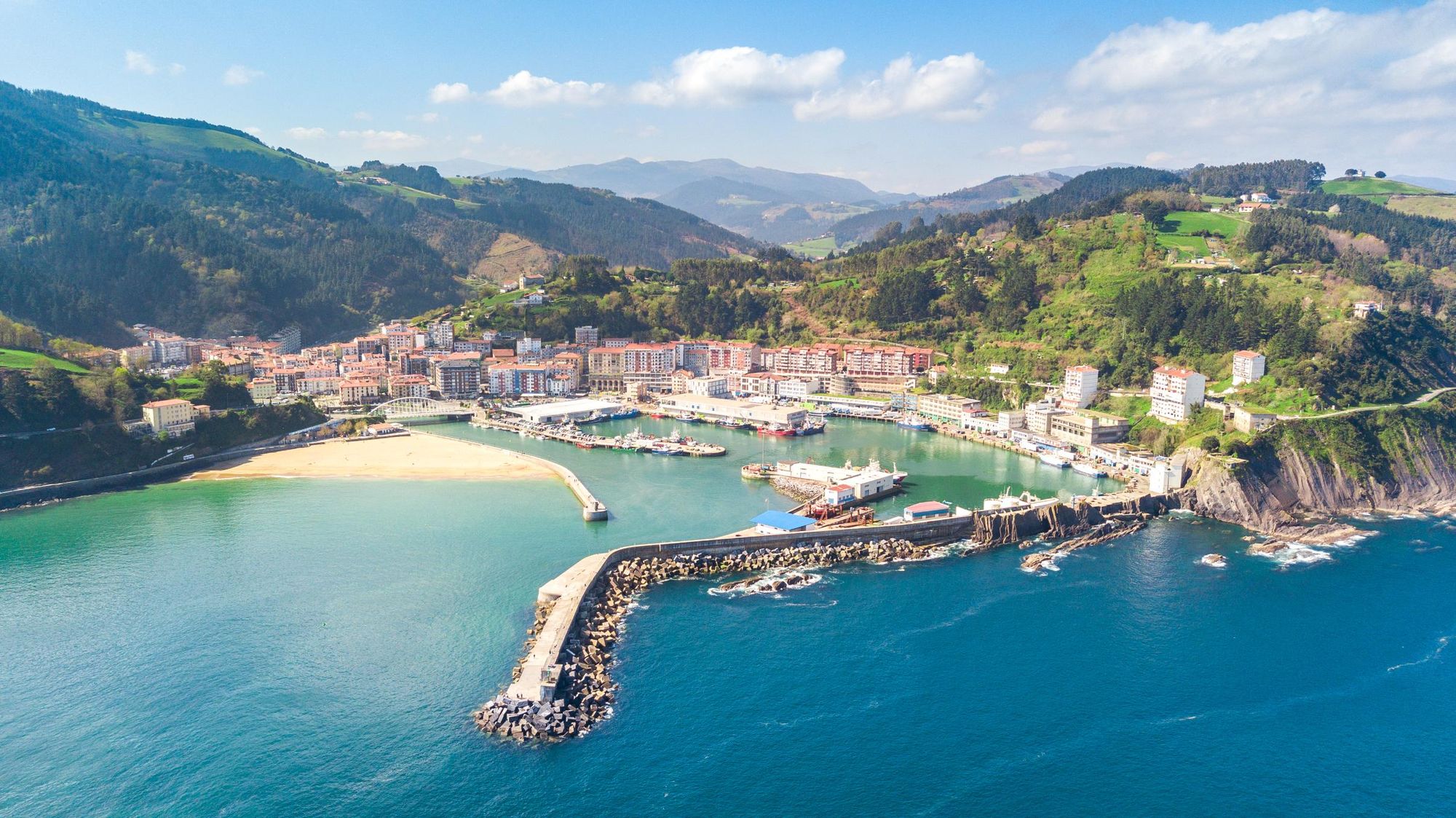
“Since ancient times, a close commercial relationship has been established between the Basque ports of the Cantabrian Sea and the interior of the peninsula,” says adventure tour operator José Miguel Real. “Basque muleteers transported salted fish to the interior and, on their way back, loaded their mules and carts with wheat, salt, and wine from La Rioja, which the Basques highly appreciated.
“It was challenging work for those muleteers who crossed the mountain passes that separate Vizcaya from the Llanada Alavesa and Castile with their slow ox-drawn carts, along dusty or muddy roads, under the sun or snow, sleeping outdoors for more than one night... a journey that, it is likely, was softened by reaching for a wineskin full of Rioja wine.
It was challenging work for those muleteers who crossed the mountain passes...with their slow ox-drawn carts, along dusty or muddy roads...
“Now, in the 21st century, when fresh fish reaches the markets in the centre of the peninsula in just a few hours, and wines from all the cardinal points of the peninsula are easily found in any supermarket in the country, we have the possibility of experiencing what those ‘two-kilometre-per-hour’ journeys meant thanks to the Wine and Fish Route.”
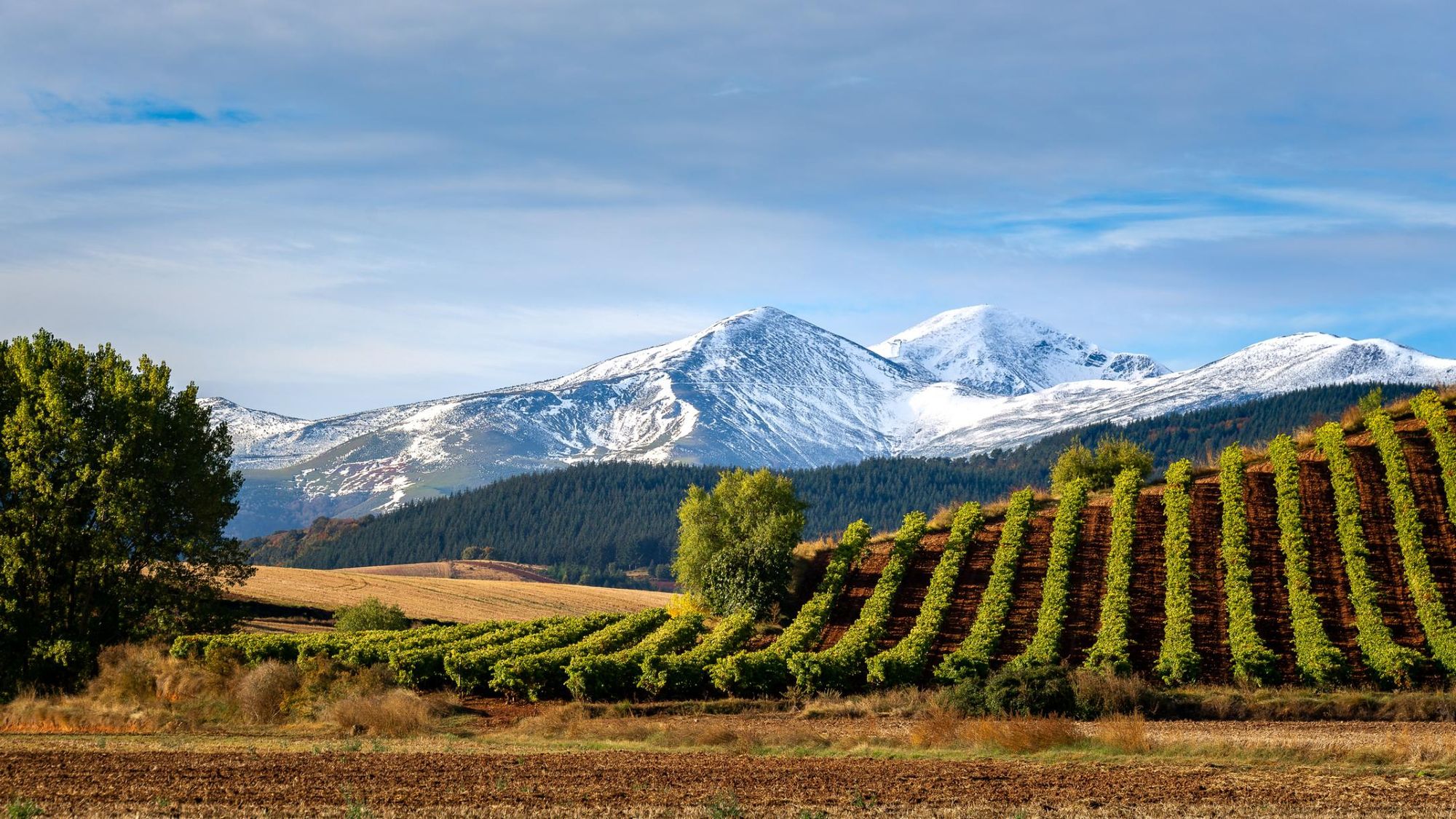
According to José, one of the highlights of the Wine and Fish Route is the first stage from Oyón to Laguardia through Rioja Alvesa, one of the three wine growing sub-regions of La Rioja.
“La Rioja is a small area in the Ebro Valley, bordered with different mountain ranges - Sierra de Cantabria in the north, Sierra de la Demanda in the south, then the mountains of the Basque Country and Navarre,” José says. “The area is special because of the climate because it's a mix of Mediterranean and continental influences. And the soil is very fertile, which makes it very suitable for viticulture.

“But the most important thing about this area is that it still remains authentic and little-known - that’s especially important nowadays because we are experiencing overcrowded mass tourism. We’ve heard of it in Spain but many people visit the area on the weekends or during bank holidays. La Rioja is obviously very recognised for its wine, but the area is a mix of culture, natural landscapes and historical architecture.”
Most people who visit La Rioja simply drive through it, stopping off at a couple of vineyards or the regional capital, Logroño. But José believes travellers will have a far more rewarding experience if they hike along the Wine and Fish Route, or any of the numerous other hiking trails within the region.
“It's very flat, but you are hiking surrounded by mountains, valleys, and different trees - it's like you are in Tuscany, in Italy,” he says. “When you are hiking you pass through different small towns with Romanesque and gothic churches. You can visit the wineries - there are more than 500 small wineries in the area, 80 of which it’s possible to visit.”
Other Hiking Trails in the Rioja Area
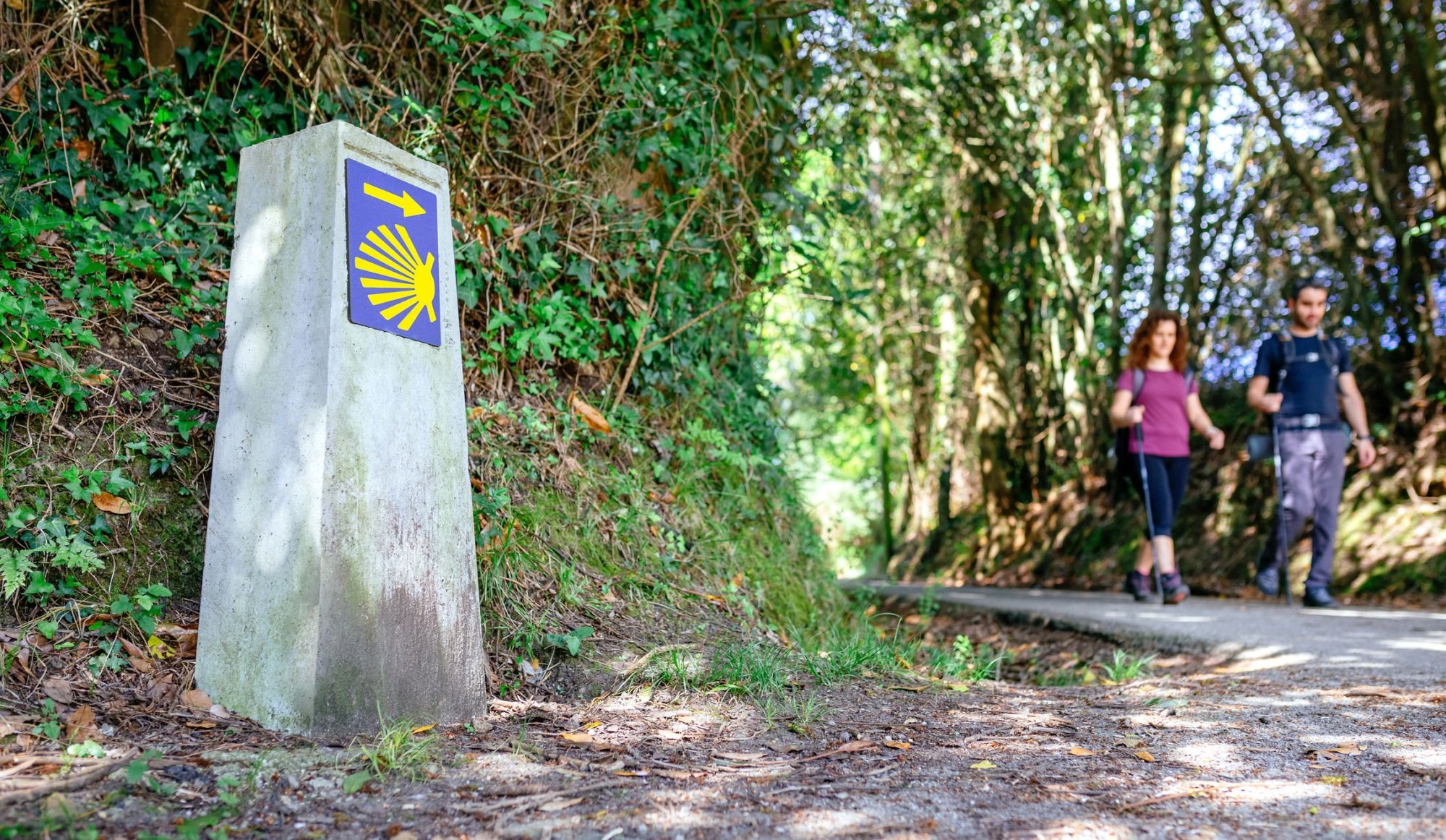
One of the most well-known trails in La Rioja is a 37.2 mile (59.8km) section of the famous Camino de Santiago, Way of St James.
“St James Way is a stage of the Camino, which starts on the border with France. A stage of the Camino is also included as one of the footpaths through the Rioja region,” José explains. “It’s close to the town of Ezcaray and Valdezcaray, a beautiful mountain range with a small ski station. Ezcaray is a small town with cobbled streets - it’s amazing. And this stage is not very crowded for pilgrims, unlike the stages of the main Camino.”
The most important thing about this area is that it still remains authentic and little-known
There are also a number of green footpaths within the Rioja region, which can be walked across a day. One of these is the Oja Green Trail, a 16.1 mile (25.9km) footpath from the Oja River to the foothills of the La Demanda Mountains, passing through verdant Pyrenean oak, beech and pine forests.
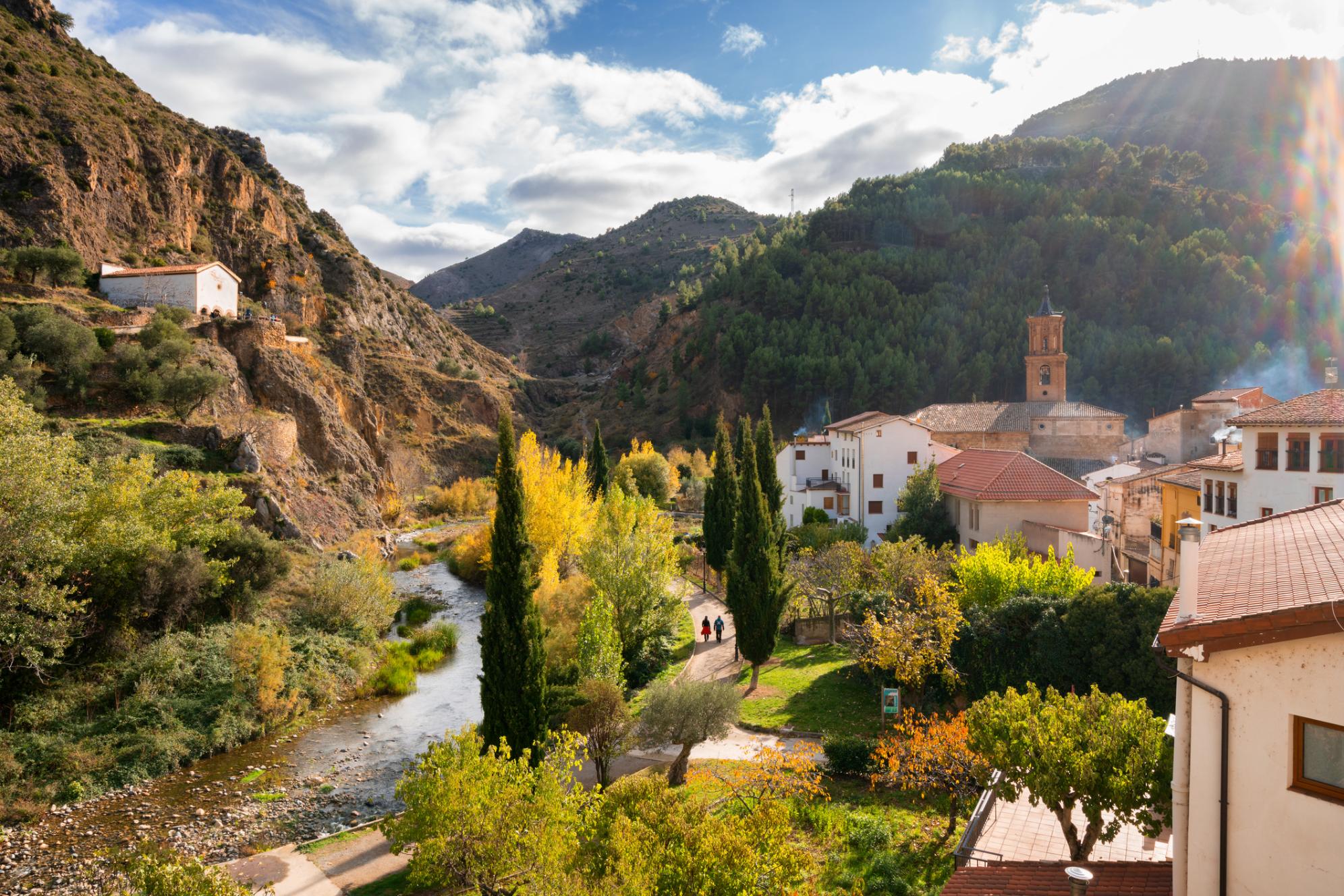
Another is the Cidacos Green Trail, a 21.1 (33.9km) footpath divided into two stages. Starting in the town of Calahorra, it follows a disused single gauge railway along the banks of the Cidacos River, passing through the river valley, over bridges and through orchards towards Arnedillo, a town famous for its thermal springs. Before the descent to Arnedillo, there’s a spectacular view of the Cidacos Valley, the Peñas de Arnedillo ( limestone mountains), and the rocky cliffs of Santa Eulalia.
Whichever route you choose to hike, José recommends taking plenty of time to explore the towns and other cultural attractions you encounter.
“La Rioja has one of the best monasteries in Spain, San Millán Yuso and Suso Monasteries, which is a UNESCO heritage site because the first records in Spain were found here,” he says. “The town of Logroño - close to the start point of the Wine and Fish Route - is also a good place to visit. Visit the famous Calle Laurel, which is a very tiny narrow street with many bars- you are walking and you can buy different pintxos.”
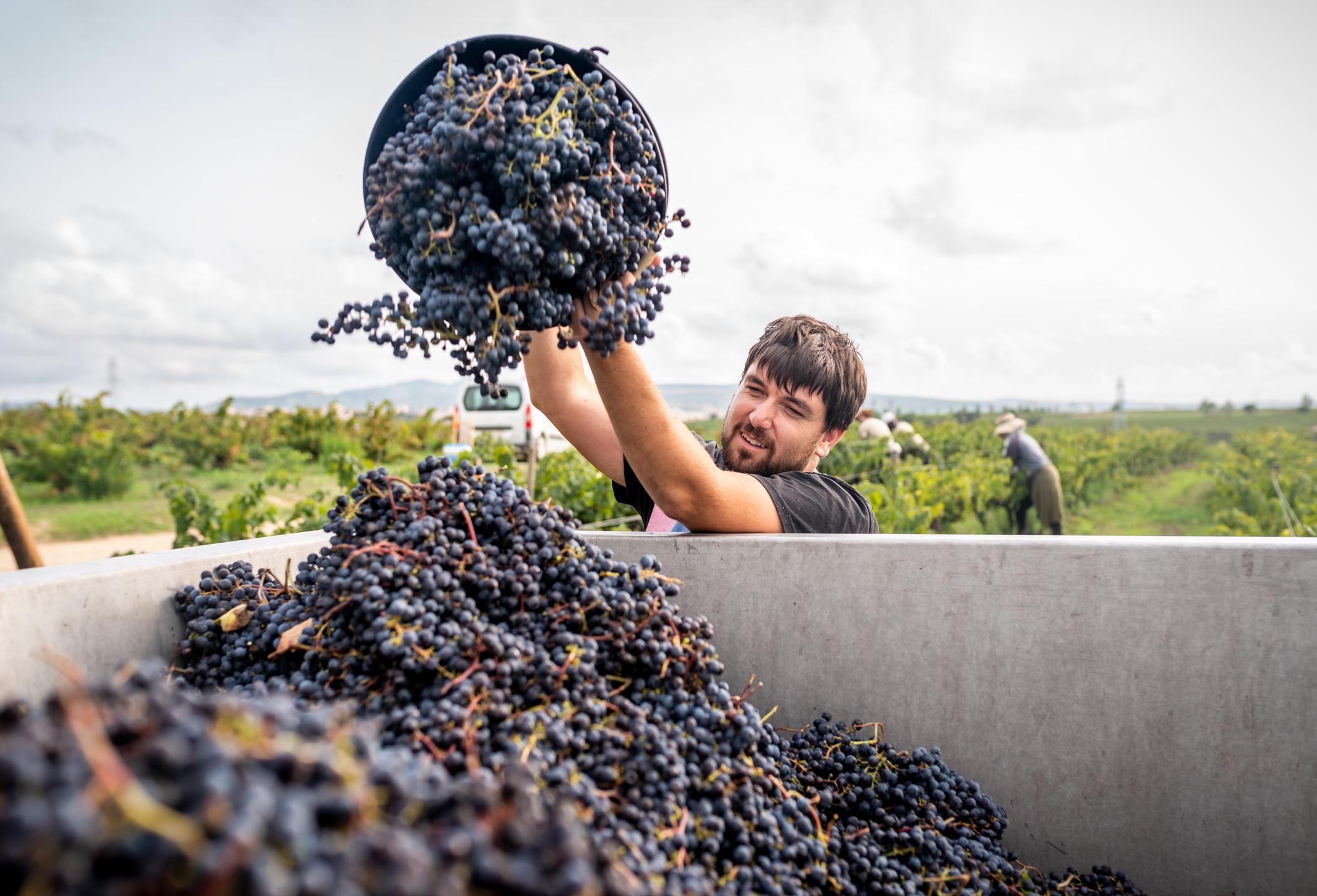
When you walk the Wine and Fish Route, eating at local restaurants or buying wine at the family-run wineries helps bring economic benefit to the rural communities of La Rioja.
“In the towns there are stalls on the streets, selling fruits like figs and peaches - you can buy directly from the farmers in these stalls,” José says. “You can also stop for lunch in a bodega. Normally they offer traditional dishes like patatas a la riojana - potatoes cooked with paprika and chorizo - or barbecued lamb ribs, using the branches of the vineyards as coals. It’s a unique experience because you’re in the winery, surrounded by the barrels, as you eat these dishes. Your hiking trip can be a mix of culture, gastronomy, architecture - everything.”
We’ll raise a glass of smooth rioja wine to that.
Inspired? Explore La Rioja on our Hiking, Biking, Food & Wine in Spain's Basque Country Adventure.


